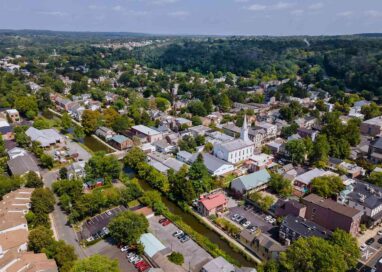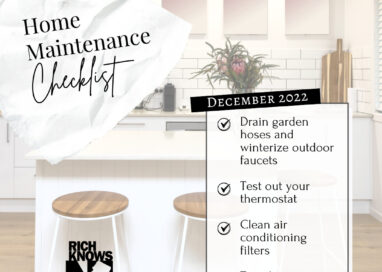“It’s So Easy, Being Green”
With oil and natural gas prices rocketing, stoking terror of long, cold and and expensive winters, a renewed interest in keeping heating costs under control has has been sparked. Homeowner’s have an ignited passion in understanding energy saving methods. If you’re in this boat, stuck in cold waters, here are some tips for energy saving tricks of the trade.
If you’re living in a home with a furnace that’s more than 20 years old, you may have already attempted the “buy a sweater” method of keeping warm. This is certainly one approach, but these days upgrading your home’s conditioning system is a much better option, and will bode well for you in the here and now, and in the long term, should you decide sell your home. More and more, homebuyers are looking for homes with energy efficient systems already in place. So, think of these upgrades as a long term investment in the resale value of your home, as well a cost efficient and green alternative to your current conditioning system.
Now, with that old choker of a furnace huffin’ and puffin’ away, guaranteed it’s not as efficient as it could be, no matter what fuel type it uses. The newer gas furnaces are mid-efficiency (78-82%) or high efficiency (89-96%). Although the higher efficiency products can cost up to $1000 more than the mid-efficiency products, extra costs will be re-couped in a couple years, as they will burn less fuel. And, you’ll be the greenest frog on the block, sending less harmful emissions out into the atmosphere. “It’s so easy being green”, murmured Kermit, once he upgraded his furnace.
With oil furnaces, there are again, much more efficient products on the market as of late. But, a oil furnace does need to partner with a good chimney, and so this may be an additional cost to keep in mind
Take note, it’s still the case that electric heat is more expensive than oil and gas, although a smart combination of central woodstove heat, supplemented by electric heat can be cost efficient.
Let it Flow: Change Your Filters!
Whether disposable or washable, all forced-air heating/cooling systems use filters. And, these filters need to be maintained and changed. Some filters require monthly changes while other last up to three months, and much depends on the conditions within your home. A dirty filter will restrict air flow and with clogged filters you’re blocking heat that would otherwise be keeping you toasty warm. Do yourself a favor and keep on top of the regular changing of your heat filters. This is a pretty easy way to boost your energy efficiency and cut costs.
Pump it up: Install a Heat Pump
Air source heat pumps are the most common and they are generally used with a back-up heating system. In terms of function a heat pump works by extracting heat from the outside and bringing it in, (in heat mode), and by removing heat from the inside of the house and releasing it outside. ( in cooling mode).
The king of heat pumps, though, are ground and watersource, or geothermal. And while the initial investment may be great, the saving will be substantial in the long run. These pumps will use 25-50% less energy than conventional conditioning systems.
At the end of the day, another simple method to help with soaring heat bills, is to keep an eye on the set temperature levels in your house, What is normally described as room temperature is around 68 Fahrenheit (20 degrees celsius). Of course, only you can decide where to set the dial. But, if you’d rather avoid the ” put on a sweater” method of winter energy conservation, you might consider investing in an improved conditioning system that’ll bring you warmth today, and will be a smart investment in the re-sale value of your home.









